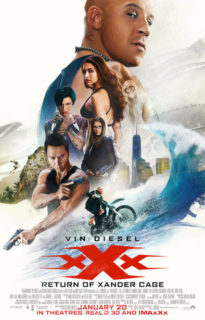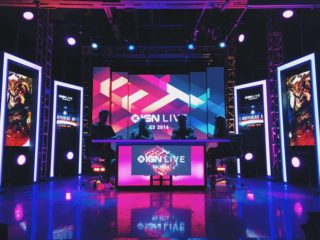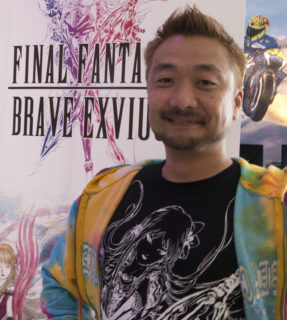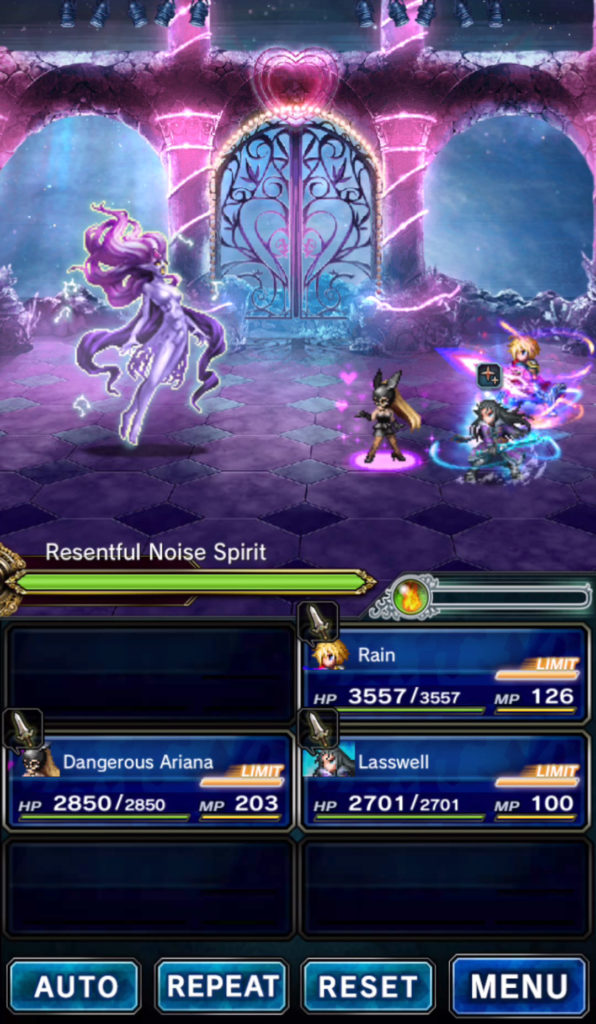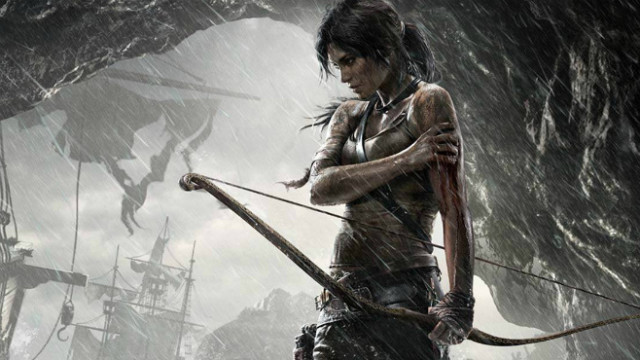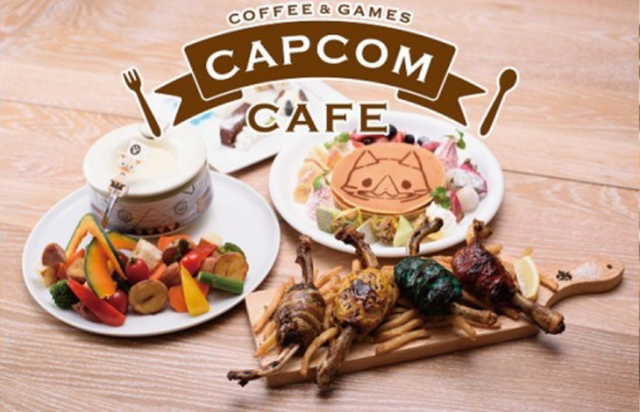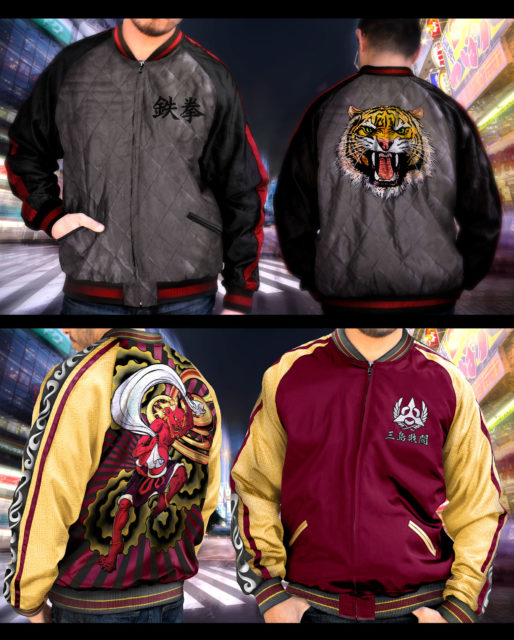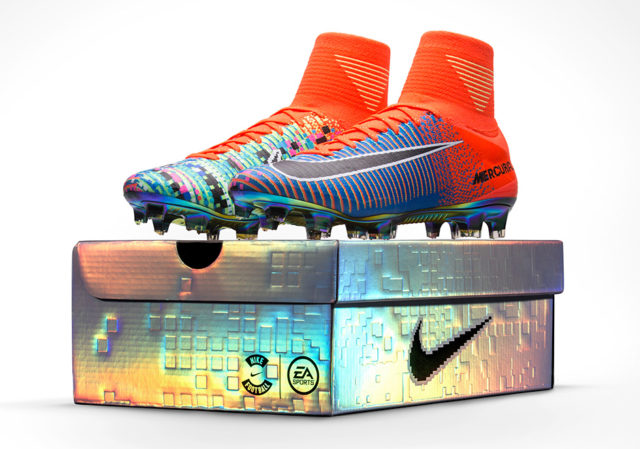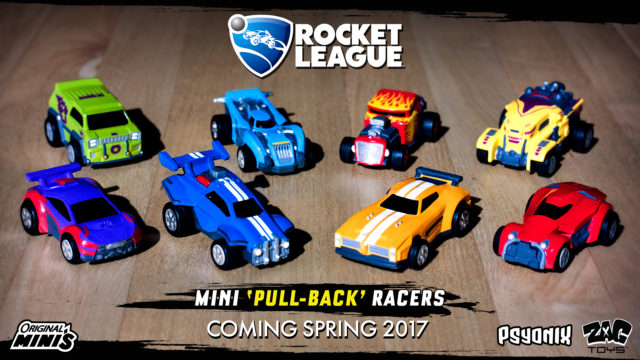Editor’s note: We gathered a compilation from our exclusive [a]listdaily interviews to showcase how eSports industry experts and non-endemic sponsors alike are expressing their views about the importance of competitive gaming, and its role in engaging with a young, growing audience.
“There is no reason to try to legitimize eSports to anyone. ESports is a real industry. People can choose whether to connect to it themselves. The participation numbers and the online viewership numbers speak for themselves. What matters is that people who love eSports really get into it. They watch clips and matches. They play the game. There is no need to try to convince those on the outside.”
— Mark Cuban, Dallas Mavericks Owner, Shark Tank star, investor in eSports startup Unikrn
“Once I walked into a sold out crowd at Madison Square Garden, everything in those two days spoke to me as a professional athlete. I knew it was the next generation. Professional athletes and owners admire and appreciate the talent, dedication, discipline and mastery of their crafts. As a business model, eSports mirrors traditional sports with rapid growth. Professional gamers are athletes and deserve a seat at the table.”
— Rick Fox, three-time NBA champion, owner of eSports team Echo Fox
“We’re fully aware that this audience has incredibly high expectations from a user experience and brand perspective, and we’re taking extra steps to ensure any brand integration feels right for the audience and will be well received by the audience. We’re making sure that brands that do sign up resonate with this audience.”
— Lisa Utzschneider, chief revenue officer at Yahoo.
“Community is the key of eSports, and what differentiates it from traditional sports—eSports is something that was born by community. It’s about taking a game beyond the session, and making it part of a lifestyle, building social connections, interactions and friendships. That’s how eSports basically grows. If you look at it from a game publisher or developer point of view, this is extremely important because it’s something that increases retention. Additionally, it’s an acquisition channel for them. ESports events are easy ways to attract large user bases.”
— Niccolò Maisto, co-founder and CEO of FaceIt
“ESports fans are dedicated and loyal, and delivering them great programming every day is an important endeavor for us. We are not Arbitron-rated and we don’t track listenership for individual shows. Our spectrum of content is designed to appeal to as many listeners as we can and keep our subscribers engaged and happy throughout the year. Simply put, if you produce great content you will find an audience and it will grow.”
— Steve Cohen, senior vice president of sports programming at SiriusXM
“We stand for sports no matter what field it’s played on. When we came into the eSports space, I think the biggest thing for us was looking at the fans. We’ve been in sports marketing for 25 years. We really understand that. The cool thing for eSports for us is that the fandom there is so passionate. It’s really cool that when you go to an event, it just clicks. They love the players. They love the sport. So for us, it was easy to understand that kind of passion.”
— Jesse Wofford, digital brand manager at Bud Light
“Are we reaching the audience we’re after? Yes. We’re watching engagement and how people are reacting to content on social media. We’ve learned from all of our brands that are working with gamers that you can’t just put something out there. Your content needs to be different and sharable and something that really draws them in. We don’t want to talk at them, but talk to them and make it engaging and fun to watch.”
— Scott Baldwin, director of marketing for cereal at General Mills
“This is a business that, in order to win, you need to go out and generate revenue, invest in players and create an environment where players want to play. The way to become and remain dominant in any sport is to attract the best players in the world. We’ll bring our sports background in health, hydration, nutrition and sleep to our eSports players.”
— Scott O’Neil, CEO of the Philadelphia 76ers
“Our partnership with Robert Morris University allows us to tell the stories of collegiate eSports athletes who are training to be the best they can, while also providing them with nutritional options that help them perform at their best. It’s a win-win for both sides.”
— Nick Robinson, chief marketing officer of Quest Nutrition
“Like a lot of things, eSports is just a component. It’s not the defining component. We don’t center everything around eSports. It’s simply one part of the puzzle, and there are a lot of things that have to go into promoting a title, marketing it, and making it a success. ESports is part of that, but it’s just a part.”
— Pete Hines, vice president of marketing at Bethesda Softworks
“Fans love that Coke is engaged with them and recognizes the popularity of eSports. They love being invited to live events, whether it’s through an activation in movie theaters for League of Legends or connecting with fans live at the League of Legends world Championship—which we see as the Super Bowl of eSports.”
— Alban Dechelotte, senior entertainment marketing manager at Coca-Cola
“For our partners at FIFA, NFL, NHL, NBA, UFC—every single one of them has eSports as one of their top three priorities—at least to understand it, then to be able to be able to leverage it. They recognize one thing: this is a demographic that’s coming through, that’s looking at sports in a different way, and all of our partners in the licensed sports space say, ‘We’ve got to have a position here, otherwise we’re going to be an aging demographic if we don’t get in here and do something with our games.’ They’re all very supportive, all very collaborative, and all working very hard with us to make it a reality.”
— Peter Moore, executive vice president and chief competition officer at EA Sports
“We’ve seen a lot of companies come out and say, ‘Hey guys, here’s the next great eSport.’ And the community is like, ‘Hang on a second. We’ll tell you when it’s a good enough game.’ So our focus from the beginning has been making a highly competitive game, engaging with our community because they’re going to tell us what works and what doesn’t, and eventually—if they ever bring us to eSports status—we’ll be thrilled to support them.”
— Steve Superville, creative director of Paragon at Epic Games
“This is our first time in eSports. Initially, the reaction has been good. We wanted to do a soft launch with the start of the season to make sure it looked good on the TVs. What we didn’t anticipate was how much demand there would be out of the gate. We missed the expectations of the guests. Overall, we’re comfortable with what we did with our first season.”
“Gaming is the heart of eSports and the fans don’t spend a lot of time with other formats, traditional or otherwise. The challenge in connecting is the same in or outside of gaming: you have to be as much of a fan as they are and truly appreciate the experience.”
— Jeff Baker, vice president of brand experience at Arby’s
“Expanding eSports coverage is good for the entire industry, as well as for IEM. We want to strengthen the current community and reach new audiences to continue to push the growth of eSports, and ESL eSports TV will help with that. Creating unique eSports content to drive awareness and reach new audiences is the goal.”
— George Woo, worldwide marketing manager at Intel
“You know, a lot of people talk about competition in eSports. But, first and foremost, you’ve got to build a community around your game that people love and then eSports becomes a part of it.”
— Ryan Wyatt, director of content and partnerships at YouTube Gaming
ESports is quickly becoming an integral part of gaming culture. As instigators in this space, we want to push the boundaries of competitive gaming and enable everyone in this community to take part in the experiences. The Mountain Dew League is a deliberate entry into eSports, strategically aligning the brand in championing the narrative of aspiring amateur athletes and their journey to pro gamer.
— Sonika Patel, senior manager of marketing for Mountain Dew
“The eSports audience is younger. When you see all of the activity in the marketplace from more traditional companies, the allure of eSports is that they’re reaching some folks that are hard to reach.”
— John Lasker, vice president of programming and acquisitions at ESPN
“ESports is one of the fastest growing sports with viewership growing 100 percent over the past two years. However, it’s still somewhat uncharted territory, and brands are experimenting to see what resonates. Twitch is absolutely contributing to the growth of the sport.”
— Alexis Stoll, marketing manager at AMP Energy
“We’ve been around long enough to see the trends. There’s a lot of room for a lot of games to be successful in eSports. The key is how do we get to a sustainable business. What’s really important for me is celebrating the players and putting those personalities front and center.
— Mike Sepso, senior vice president of Activision Blizzard Media Networks
“ESports—just like concerts, trade shows and graduations—provide another opportunity for the community to engage with the arena and its benefits, and for Golden 1 Center to help bring more visitors and positive economic impact to downtown Sacramento. We see eSports and multiplayer game modes as the next step for fan engagement with the game of basketball, just as video games were before them.”
— Ryan Montoya, chief technology officer of the Sacramento Kings
“I put myself out there, too, to use me and my following to help raise awareness of what eSports is, to try to get the NFL kind of involved, you can use me . . . you get eSports, you get the NFL and now we’re taking over. That’s the whole part of this; we’re taking over. We’re literally growing at an alarming rate—almost too hard to handle.”
— Rodger Saffold, Los Angeles Rams offensive lineman, owner of eSports team, Rise Nation
Learn everything you need to know to invest in today’s fastest-growing media channel—Competitive Gaming and eSports on 2.16.17 in Los Angeles. Go to alistsummit.com for more info.
